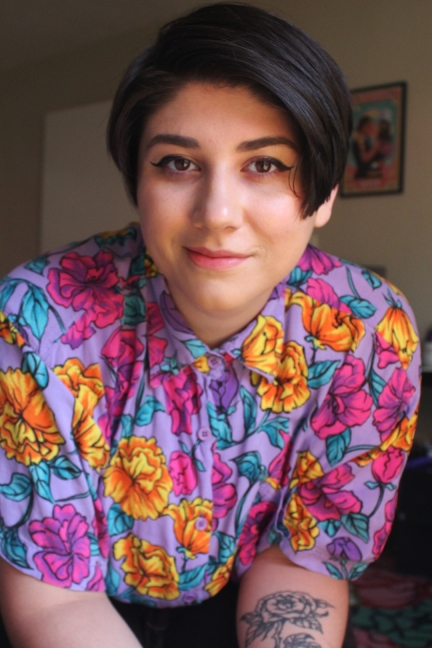
by Michele Kirichanskaya | Mar 26, 2024 | Blog
Rose Bousamra is a freelance illustrator and comic creator born and based in Michigan. Frizzy (with Claribel A. Ortega), winner of the 2023 Pura Belpré Award for Children’s Text, is their first graphic novel, with their solo debut graphic novel Gutless also...
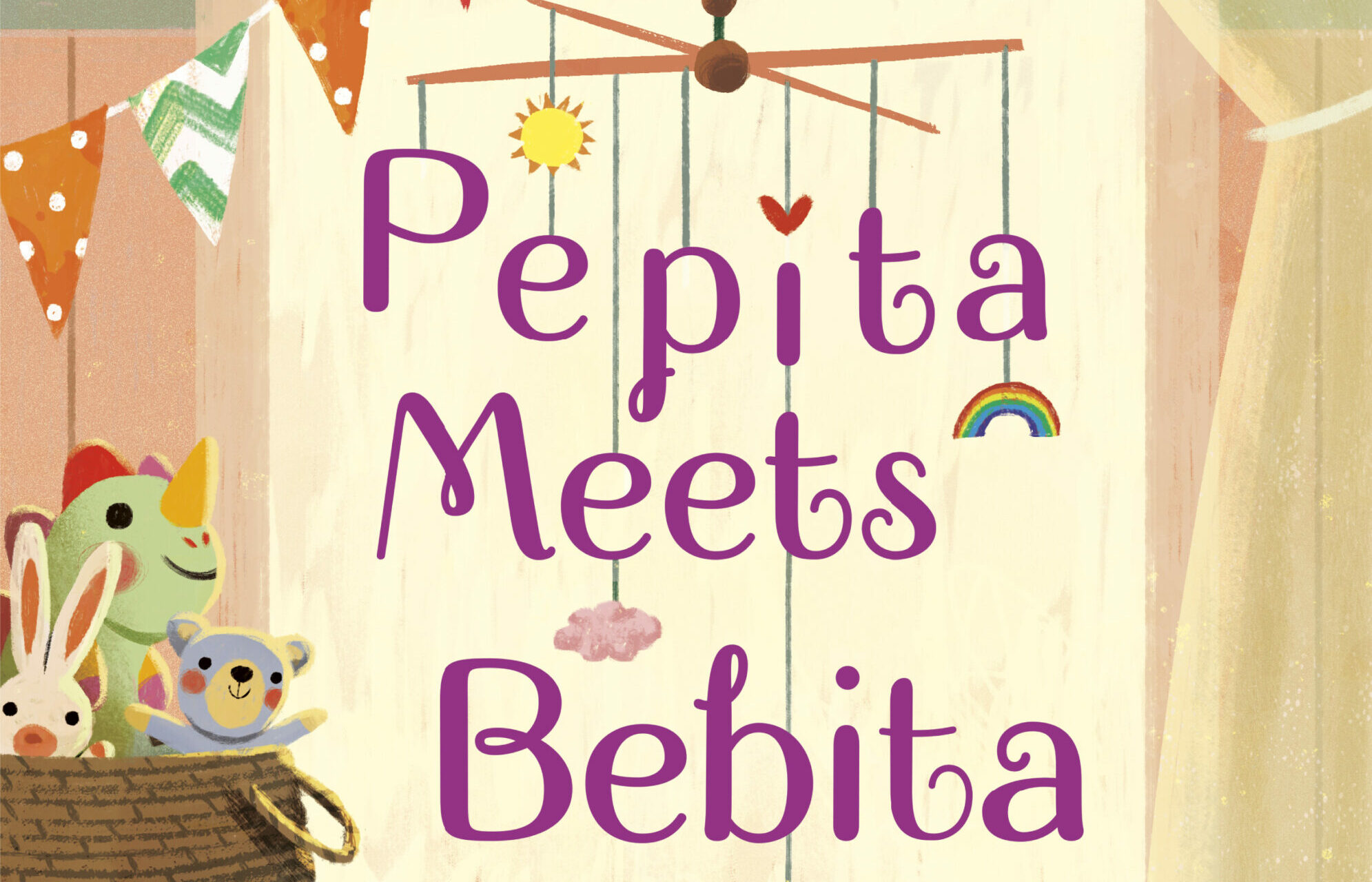
by Michele Kirichanskaya | Sep 13, 2023 | Blog
Ruth Behar is an acclaimed author of adult fiction and nonfiction, and Lucky Broken Girl–winner of the Pura Belpre Award–is her first book for young readers. She was born in Havana, Cuba, grew up in New York, and has lived and worked in Spain and Mexico....
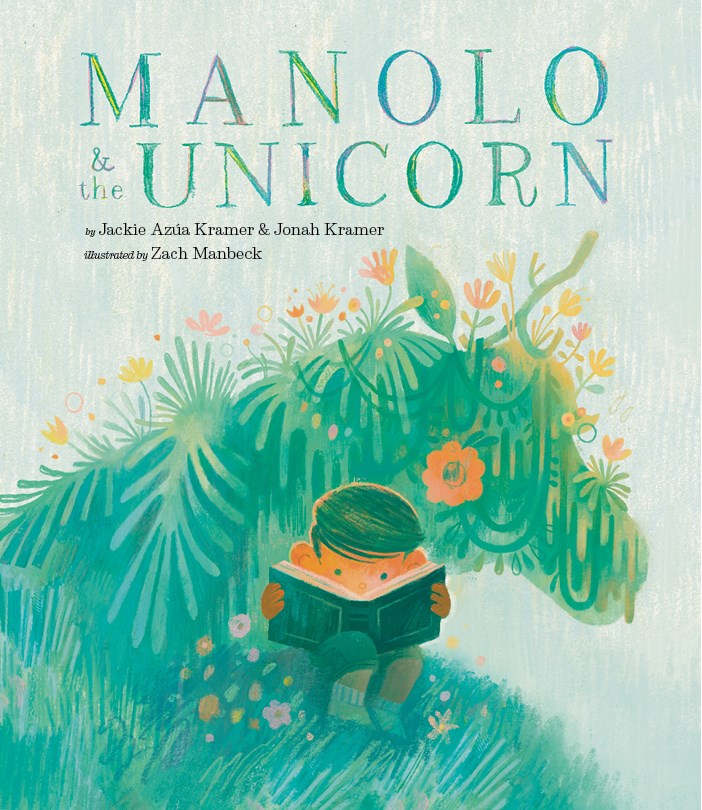
by Michele Kirichanskaya | May 24, 2023 | Blog
Jackie Azúa Kramer is an award-winning children’s book author whose books include Dorothy & Herbert: An Ordinary Couple and Their Extraordinary Collection of Art, published by Cameron Kids. Her hopes are to write stories that reflect who children see in the...
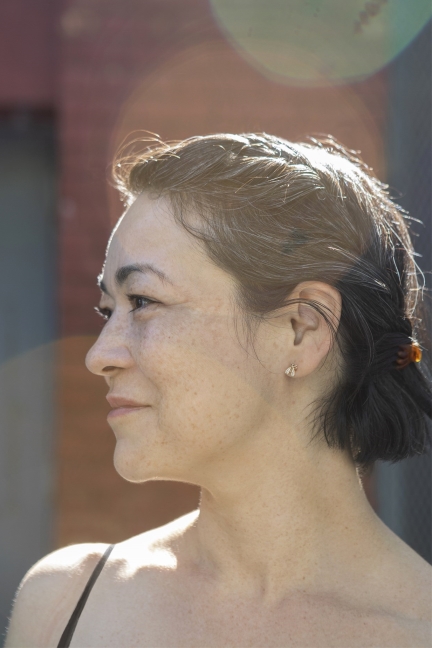
by Michele Kirichanskaya | Apr 29, 2023 | Blog
Sabina Hahn is a Brooklyn based illustrator, animator, and sculptor who loves stories and tall tales. Sabina has been drawing from before she was born; she is a master of capturing subtle fleeting expressions and the most elusive of gestures. She is a co-founder of...
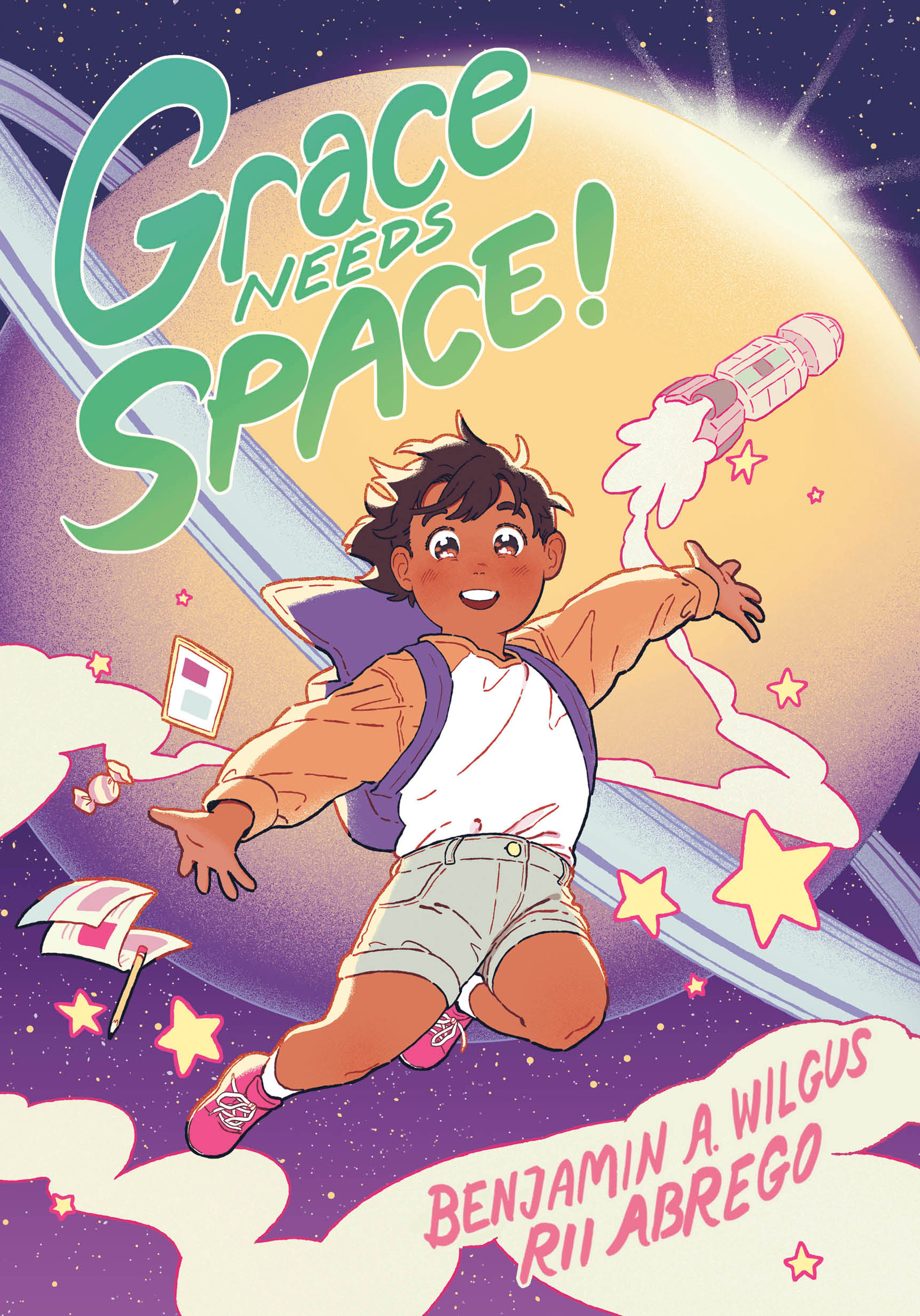
by Michele Kirichanskaya | Apr 16, 2023 | Blog
Rii Abrego is a Latina illustrator and comic artist who resides in the very humid southern United States. Rii has provided work for Random House, Oni Press, BOOM! Studios, Lion Forge, OMOCAT, Harmonix, Kazoo magazine, Ascend Comics, and Power & Magic Press, among...






